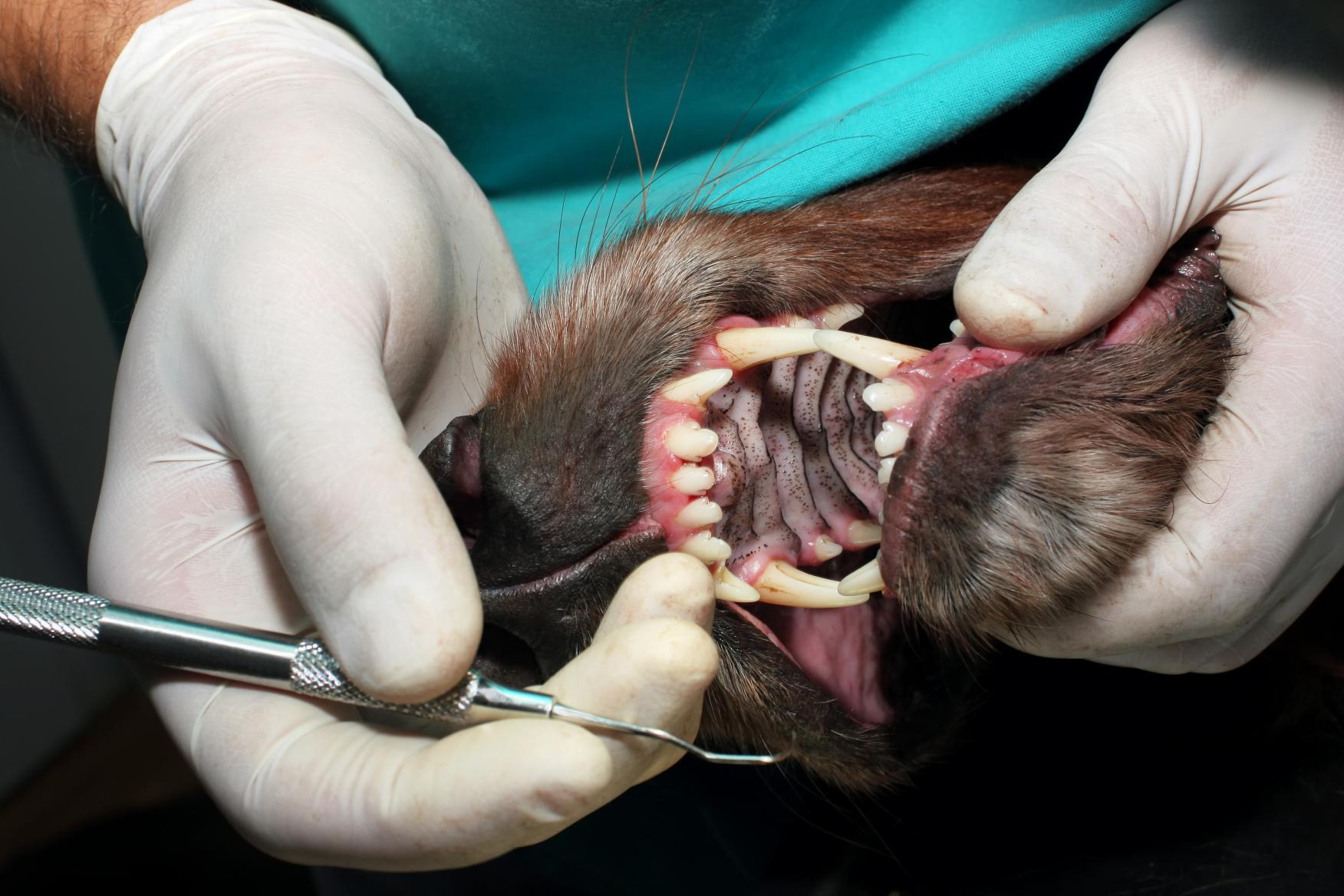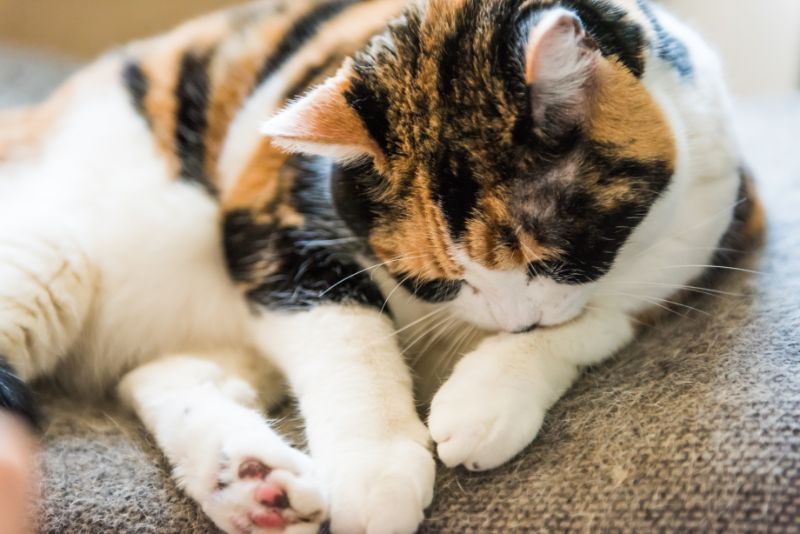Blog
Hot Weather Tips for Reptiles and Amphibians

Every individual, regardless of species, has their own preferred optimum temperature range (POTR). For pet reptiles and amphibians, achieving their POTR is essential to their physical and mental well-being. Without the ability to generate their own heat, these exotic pets rely on external heat sources. It makes sense then to think that reptiles and amphibians would enjoy some time in the summer heat. It’s a great opportunity, but allowing an exotic pet to experience the full splendor of the season should be done under caution and constant supervision.
Continue…Common Signs Your Pet Needs a Tooth Extraction

It starts with a strange whiff coming from your pet’s mouth. Then, over time, that odor gets stronger and is accompanied by odd behaviors. Before you know it, your pet won’t eat and withdraws from previously enjoyed activities. These are common signs of periodontal disease, a serious condition that often results in tooth extractions for dogs and cats.
Continue…When Cat Hairballs Become More Than an Inconvenience

You can often tell how good a cat feels by virtue of their coat’s appearance. A full, shiny, thick fur coat is certainly a sign of health, just as a dry, flaky, crusty coat signals that something is off.
And while all cats self-groom (some more than others, of course), not all cats cough up those sticky, tubular balls of absolute yuckiness. Cat hairballs are widely perceived as normal, but if they happen more than 1-2 times a year it may be time to investigate what’s truly going on.
A Learned Behavior
Kittens learn the art of self-grooming from their mothers, but they don’t really excel at the behavior until well into adulthood. As a result, young cats don’t typically produce hairballs. Longer-haired cats, like Persians or Maine Coons, may have more frequent hairballs (or not, all cats are different).
Continue…